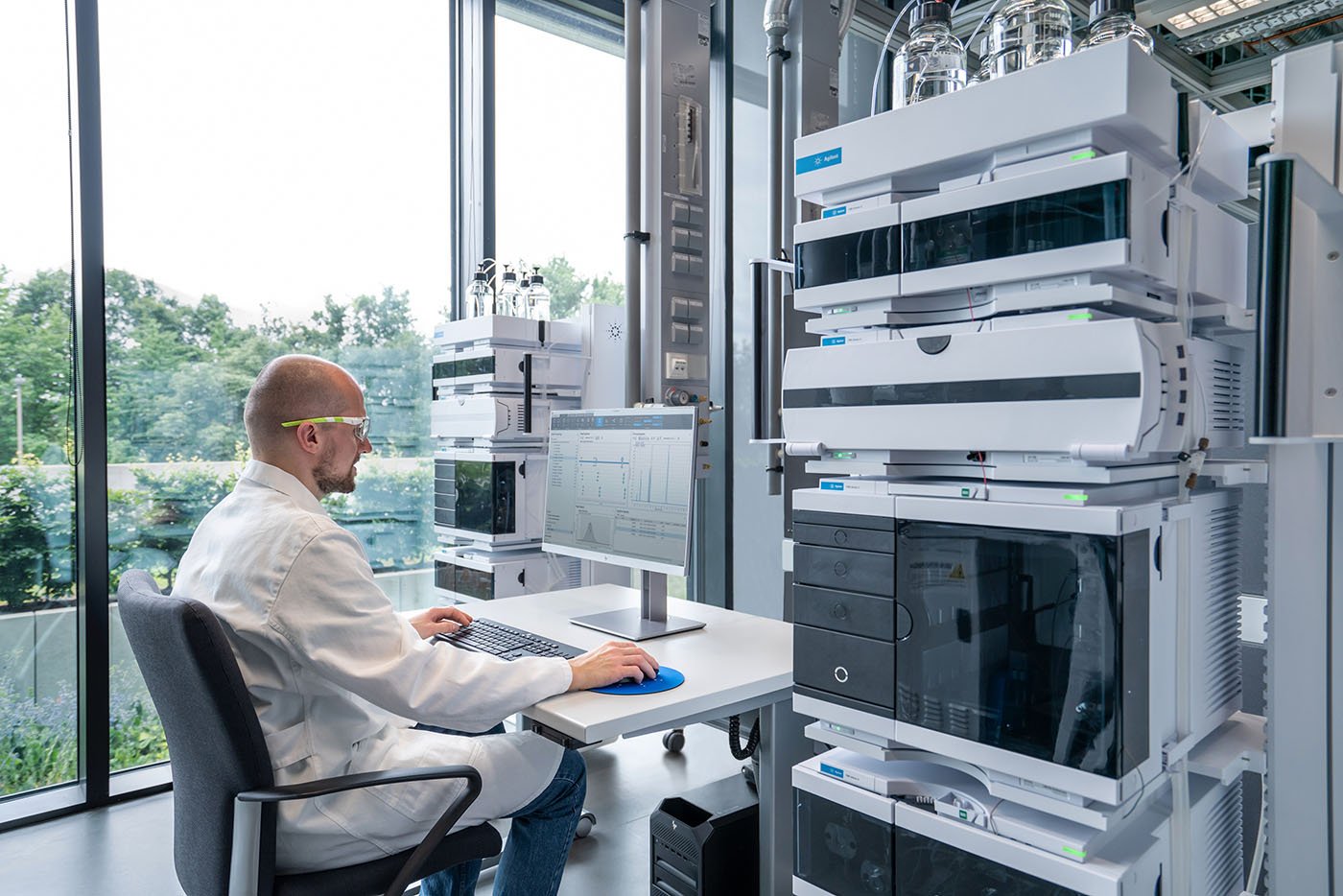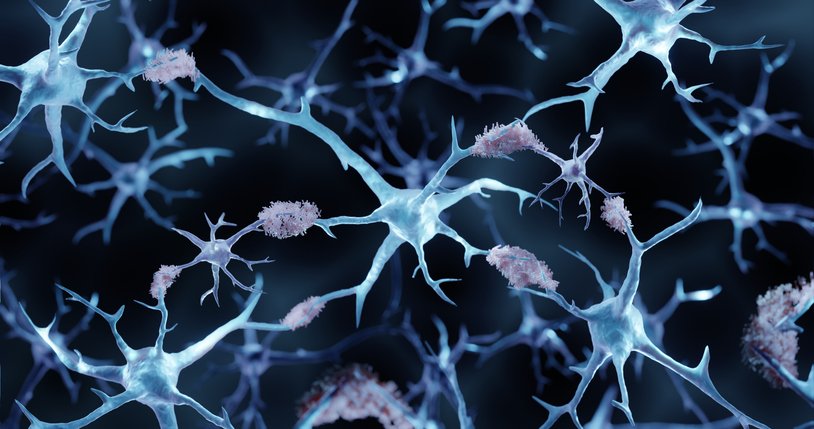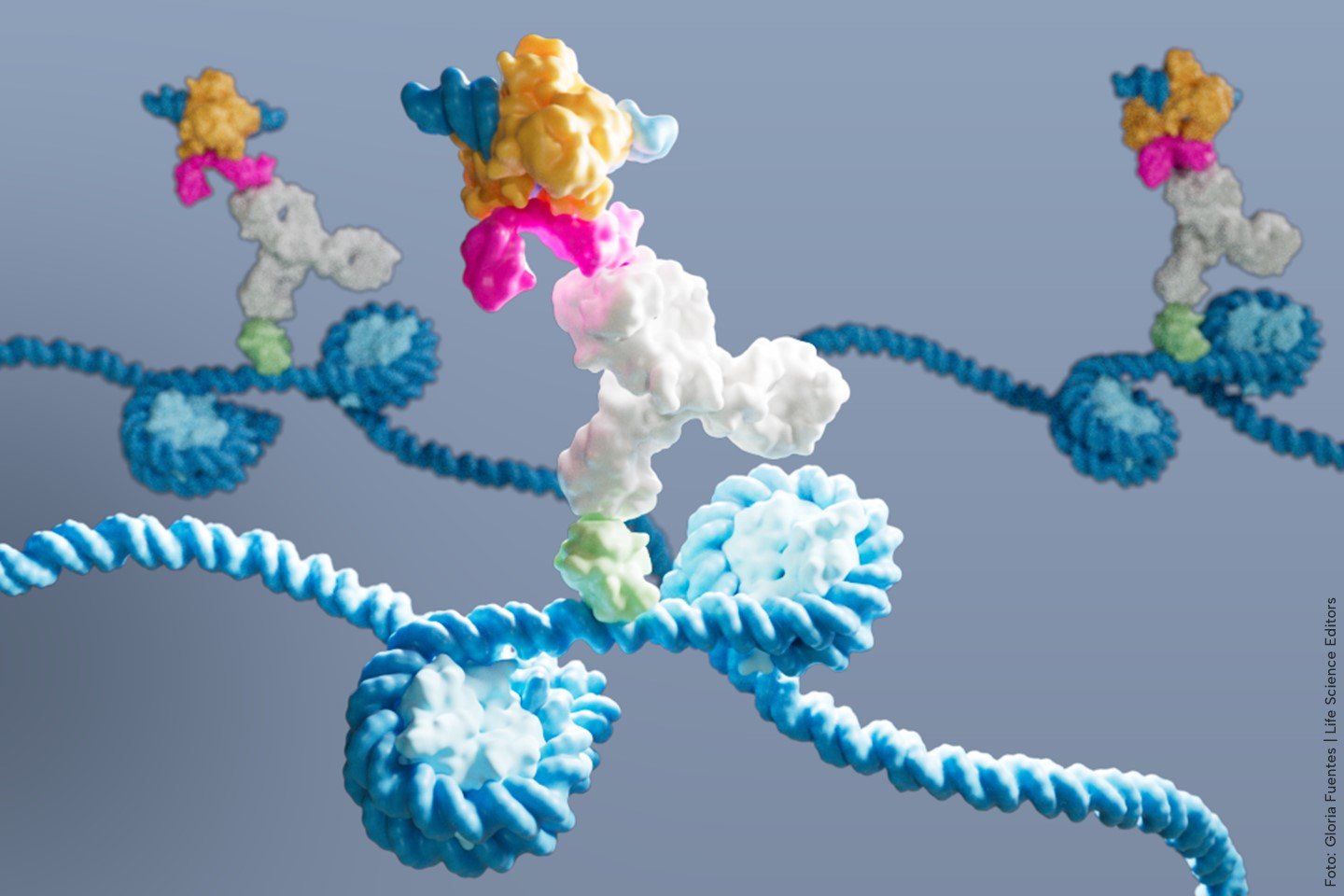Researchers at the University of Southampton have used advanced imaging techniques to uncover how bacteria use a mechanism called Kiwa to defend themselves against phage viruses. Phages are seen as a potentially promising alternatives to antibiotics.
The results showed that the Kiwa defense mechanism senses phage attachment to the membrane, and builds a transmembrane complex that prevents infection by blocking replication of phage DNA and transcription.
The team suggests unpicking how bacteria protect themselves, and how phages might overcome these defenses, could be a significant step in defeating antibiotic resistant bacteria. “By improving our understanding of how these defense mechanisms operate, we can work out how to exploit weaknesses and select phages which have the best chance of breaking down the bacteria,” said Franklin Nobrega, PhD, Associate Professor at the University of Southampton and National Institute for Health and Care Research (NIHR) Southampton Biomedical Research Centre (BRC) Unit.
Nobrega is co-senior and co-corresponding author of the team’s published paper in Cell, titled “Kiwa is a membrane-embedded defense supercomplex activated at phage attachment sites,” in which the investigators wrote, “In summary, Kiwa is a non-suicidal, membrane-activated defense that halts phage replication and transcription through a DNA-binding effector controlled by structure coordination.”
Phages look like a syringe with spider legs. They work by attaching themselves to bacteria. Once locked on, they inject their DNA into the bacterial cell, hijacking it to produce more copies of the virus before the cell bursts open and releases the new phages to attack other bacteria. Crucially, phages only attack bacteria and are harmless to human cells.
![On the left, bacterial cells are uninfected and Kiwa is inactive. On the right, bright spots appear inside the cells—these show Kiwa being activated after detecting a phage, helping to stop the infection before it takes hold. [University of Southampton]](https://www.genengnews.com/wp-content/uploads/2025/07/low-res-4-300x143.jpeg)
While bacteria and archaea have evolved what the researchers described as “… a diverse repertoire of defense mechanisms against viral predation,” the mechanisms of some more recently discovered defense systems, especially those associated with the membrane, remain poorly understood, “as exemplified by the Kiwa system,” the team continued.
“In Māori mythology, Kiwa is a divine guardian of the ocean and its creatures,” said Nobrega. “In bacteria, Kiwa also acts as a guardian, defending against phages, and are one of the most common defense mechanisms bacteria have.”
Kiwa is a widespread two-component system, the team explained, comprising the transmembrane protein KwaA, and a DNA-binding effector KwaB. For their newly reported paper Nobrega and colleagues studied the interaction between phages and Kiwa at a molecular level.
![This illustration shows a phage (virus) attaching to a bacterial cell. The Kiwa defence system (shown in yellow, green, and blue) detects the threat and binds the invading DNA, preventing the phage from hijacking the cell. [University of Southampton]](https://www.genengnews.com/wp-content/uploads/2025/07/low-res-5-300x249.jpeg)
Cryogenic electron microscopy (cryo-EM) analysis showed that KwaA and KwaB work together to form a kind of chainmail around the bacteria, preventing the phage DNA from entering. KwaA acts like a sensor detecting the presence of a phage. Once this sensor is tripped, KwaB is alerted, binding to the phage DNA and turning it off before it can take over the cell. “Cryogenic electron microscopy (cryo-EM) analysis reveals that KwaA and KwaB assemble into a large, membrane-associated supercomplex,” the researchers commented. “Upon phage binding, KwaA senses infection at the membrane, leading to KwaB binding of ejected phage DNA and inhibition of replication and late transcription, without inducing host cell death.” And while KwaB can bind to DNA independently, the team reported, association with KwaA is needed for its antiviral activity, “suggesting spatial or conformational regulation.”
Some phages have evolved a clever way to break through this two-step security system, releasing a decoy “DNA-mimic” protein called Gam that directly binds to and inhibits KwaB, while the real phage DNA slips through to complete the hijack. “Our structural and modeling data indicate that phage-encoded DNA-mimic protein Gam inhibits KwaB by occupying its DNA-interaction site, inducing a similar conformational change, and acting as a dominant negative inhibitor,” the authors noted.
Unfortunately for the phages, and for us, Kiwa is one of many defense mechanisms bacteria have. Another, called RecBCD also detects and attacks phage DNA. While the decoys work well against both systems independently, when the defenses combine, the phages can’t break through. “Thus, although RecBCD and Kiwa are individually susceptible to Gam, their co-occurrence creates a buffering effect, allowing one system to function when the other is inhibited,” the investigators reported.
Nobrega further explained, “In a similar way to how hackers are constantly looking for ways to bypass security systems, phages have evolved ways to breach the defenses of bacteria. But just as tech companies adapt by releasing their latest update with improved security features, bacteria have evolved their own molecular firewalls in the shape of Kiwa and RecBCD.”
As the authors further noted, “Coexisting defenses reduce the chance that a single phage inhibitor can entirely bypass host immunity, a pattern also observed in other defense combinations … Although phages benefit from multipurpose inhibitors like DNA mimics, hosts counter with layered defenses, such as RecBCD and Kiwa, to maintain an effective barrier.”
Finding new ways to fight bacteria is a pressing concern due to the growing threat of antibiotic resistance, which could kill ten million people a year by 2050 and costs the NHS £180m every year.
Nobrega and his team at the University of Southampton are collecting phages that have the potential to overcome bacterial defenses, and have identified over 600 different types to date. They are inviting people to collect samples of dirty water (the perfect breeding ground for bacteria and phages) and post it into the lab for analysis.
“By improving our understanding of how these defense mechanisms operate, we can work out how to exploit weaknesses and select phages which have the best chance of breaking down the bacteria,” said Nobrega. “The more samples we are able to obtain, the better our chances of finding the best phages for the job.”
The post Antimicrobial Resistance Strategies May Be Informed by Bacteria’s Kiwa Phage Defense System appeared first on GEN – Genetic Engineering and Biotechnology News.




